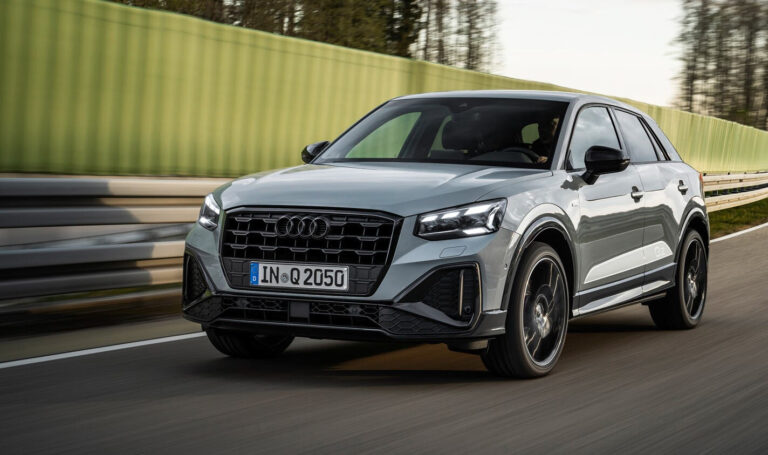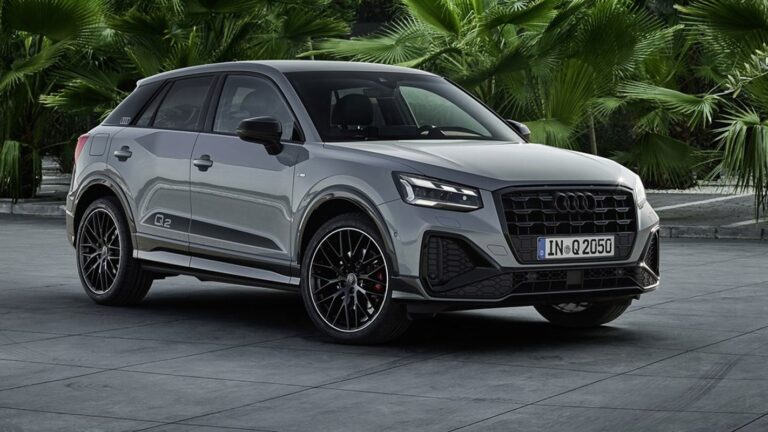Score breakdown
Things we like
- One of Audi’s most adventurous designs
- Enjoyable to drive
- Improved value for 2021
Not so much
- Interior design getting on a bit
- Road noise, particularly on country roads
- Pick Q3 for greater cabin/boot space
More features. And more polygons. In a nutshell, that’s the mid-life makeover for Audi’s most design-focused SUV, the Q2.The heavily chiselled body is largely unchanged from the model released globally in 2016 and based on the last-generation A3 small car, with styling tweaks focused on revised bumpers, a slightly lower-set grille, and reprofiled headlights.Audi clearly feels it got the styling of the original Q2 pretty much right for a vehicle where we’re told 70 per cent of buyers put design at the very top of their list.Colours and details go bigger and bolder, this time. A bunch of new paints include particularly eye-catching Turbo Blue and Apple Green, while Audi Australia has upsized the standard wheels on the $42,990 entry Q2 35TFSI from 17 to 18 inches.

Buyers can again play around with exterior trim elements – such as lower bodywork and rear pillar ‘blades’ – as either no-cost or cost options. A Style Package for the 35TFSI and mid-range 40TFSI Quattro introduces visual upgrades such as 19-inch Audi Sport wheels, Matrix LED headlights, and various exterior trim parts in black.LED headlights are now standard on the Q2 regardless, with the new range-topping SQ2 variant (see our separate review) adopting the Matrix technology as standard.Other features are now standard, too, offsetting slight price rises – 35TFSI up $950; 40TFSI up $500.Audi says features worth $3500 have been added to the 35TFSI. In addition to the LED headlights (and tail-lights), these include heating for the side mirrors, full keyless entry and start, blind spot monitoring, ambient interior lighting, and MMI touch/navigation with an 8.3-inch infotainment display that was previously part of an optional Technik Package.
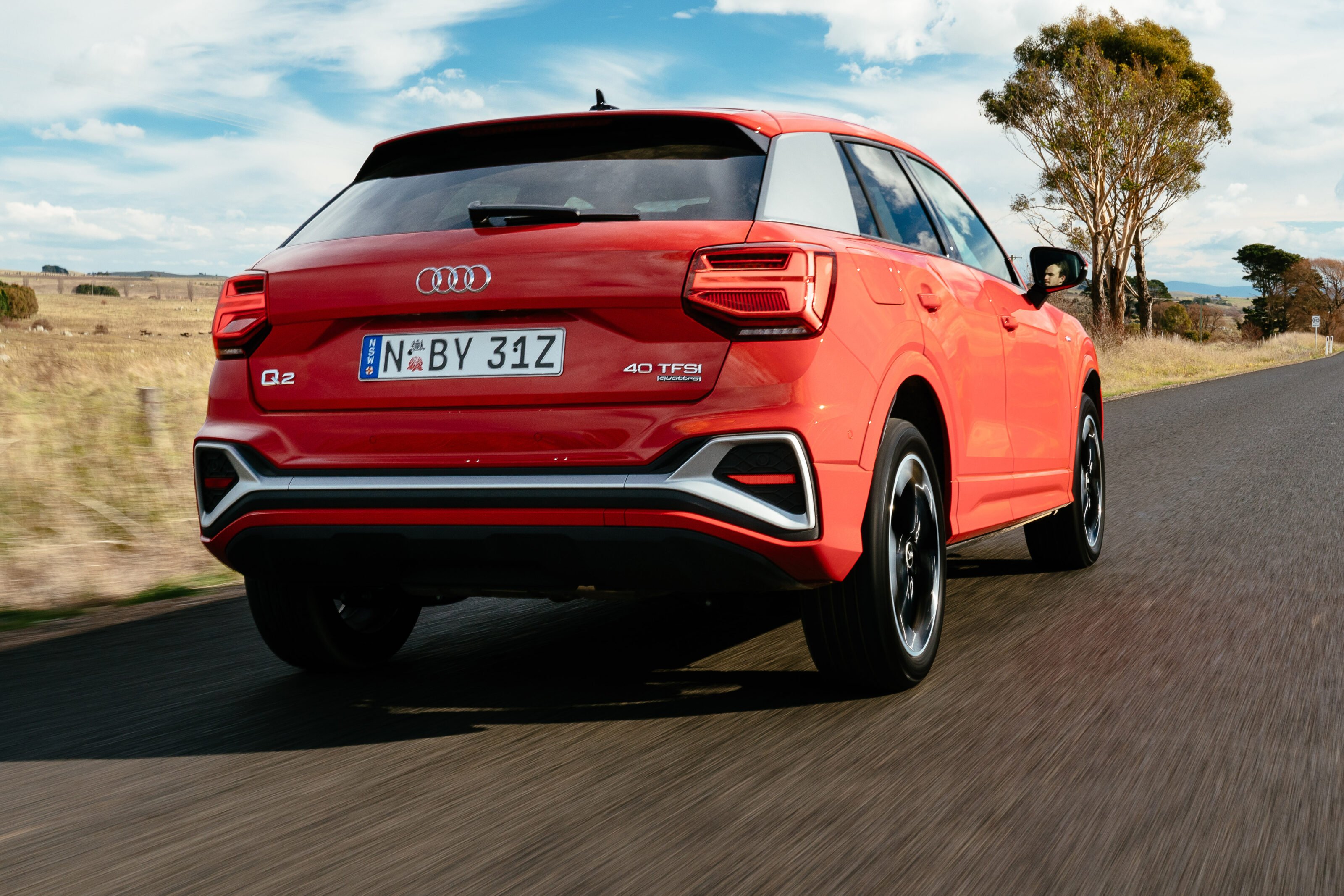
The Q2’s revised, extended list of standard features is welcome, as is the streamlining of option packages. It’s still expensive when compared with similar sized SUVs from the mainstream segment, though.
The 40TFSI gains a new S Line body kit and Audi Sport rims for its same-size 18-inch wheels.Beyond the exterior’s array of octagons, heptagons, pentagons and hexagons, a stylish interior awaits. It’s also an ageing one, though, based as it is on the old A3 released in 2013.This is particularly noticeable with the infotainment display, which is neither integrated into the dash as with newer-generation Audis, nor features the German brand’s latest graphics interface.It’s not entirely intuitive, either. Some functions – such as changing the colour of the illuminated dash inserts (optional with Q2s, standard in SQ2) – are buried deep and not easy to locate.However, there’s also an advantage to the older system. Where the latest Audis have switched to pure touchscreen functionality, the Q2 retains the MMI rotary console controller with added touchpad.This makes selecting various infotainment functions easier when driving than reaching for a touchscreen. When using the map, for example, you simply turn the dial left or right to zoom in/out, rather than having to pinch a screen.
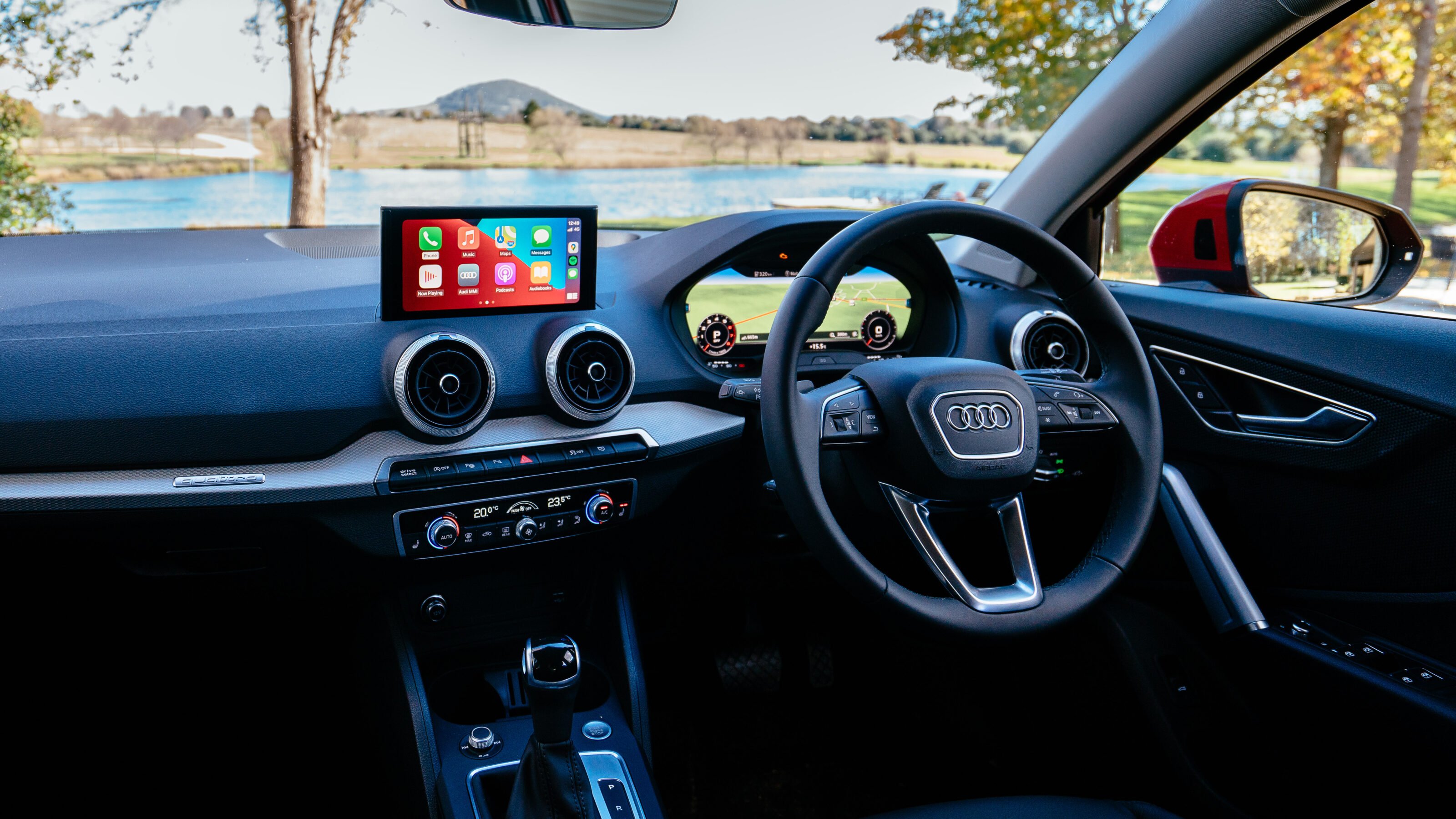
With Audi’s excellent Virtual Cockpit digital driver display – a bargain $650 on regular Q2s or part of the main option packages – you can have a nav-map dominating the screen while the infotainment display is used for other functions. Simply pressing a View button on the steering wheel switches between layouts, including traditional ‘dials’.Wireless smartphone charging is standard, though larger-format mobiles struggle to fit in the console-cubby tray.The front door pockets are quite generous in size, dual cup-holders sit ahead of the gear lever, and this section also includes a little slot for the keyfob (in a world dominated by push-start buttons, it would be nice to see more cars featuring a keyfob holder).With the 4.2m-long Q2 aimed primarily at singles or couples, families will find more cabin and luggage space in the 4.5m-long Q3 that’s not far out of reach with a $47,600 starting point.
Rear legroom is tighter in the Q2, though fine for adults if occupants aren’t too tall. And ISOFIX points are in the outboard seats.There are seatback pouches and well-sized door compartments, but a centre armrest and vents are absent.
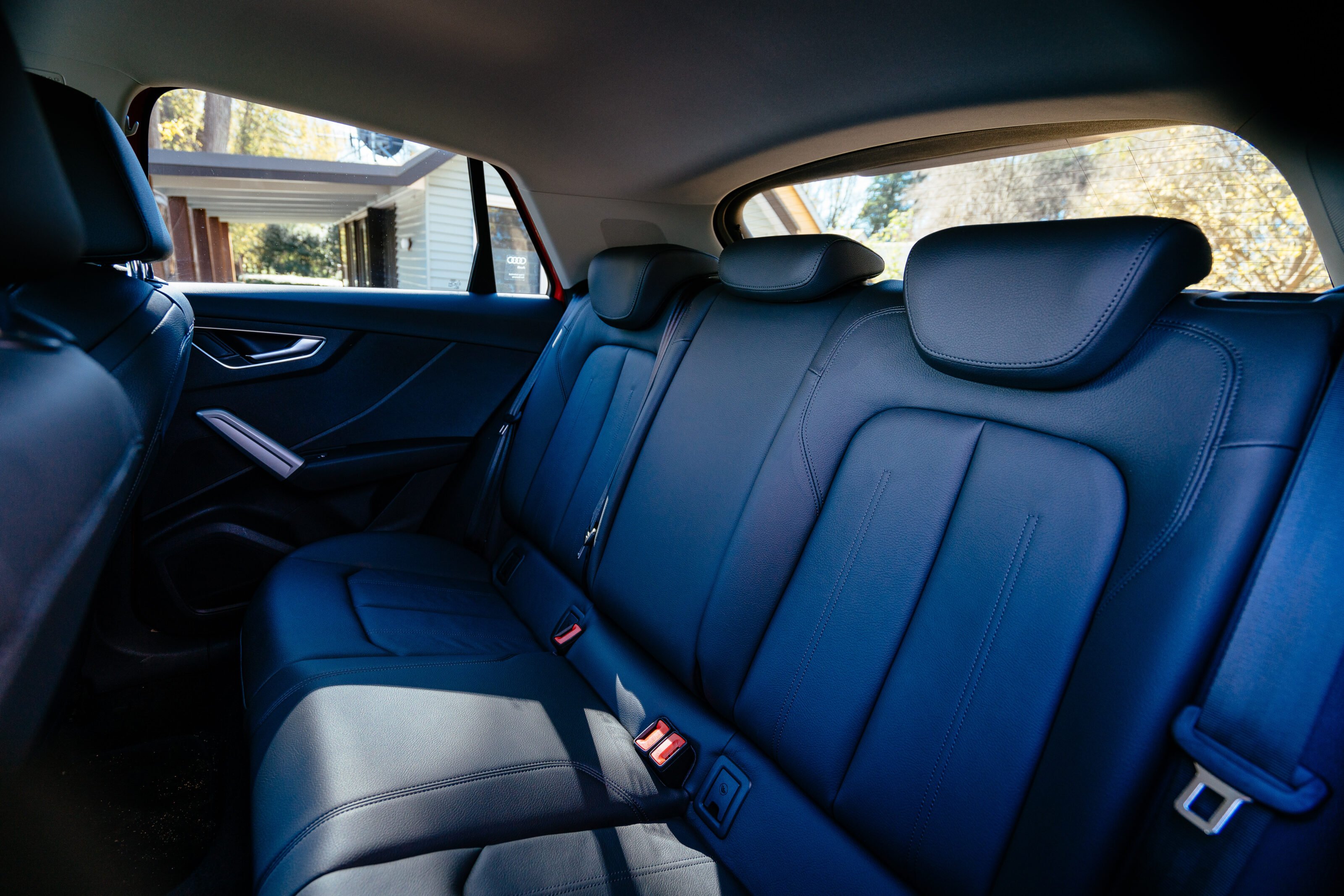
Audi quotes 405 litres for the Q2’s luggage capacity, which is more than you get in an A3 hatch but also less than (slightly longer) rivals such as the BMW X2 (470L) and Mini Countryman (450L). The Q3 is even further ahead with a 540-litre boot.A set of golf clubs will fit only if one side of the split-fold rear seatbacks is flattened.The boot floor can also be slotted into a slightly lower position – unless the optional Bang & Olufsen audio system is fitted.Leather-appointed seats are comfortable whether you have the standard set of the 35TFSI or the sportier set of the 40TFSI.Driving the Q2, there’s good vision all round, helped of course by a seating position elevated over that of an A3.Both the front-drive Q2 35TFSI and all-wheel-drive 40TFSI we tested were fitted with the bigger, 19-inch wheels from the Style Package.
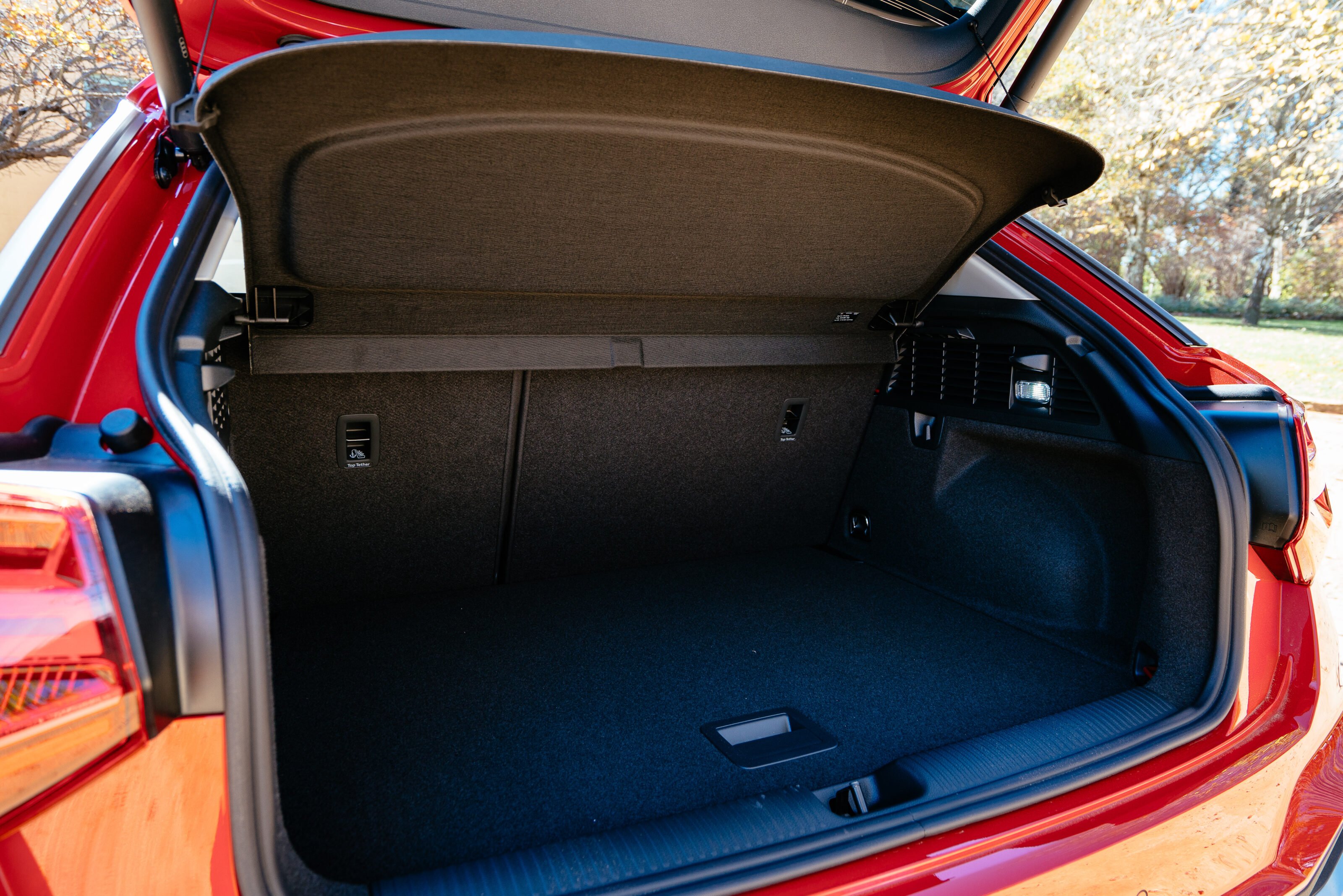
The ride on country roads and through country towns felt firmer with the heavier Quattro, though never tiresomely so. Prominent tyre noise, and some wind noise, didn’t contribute to a relaxed vibe, however – a refinement issue carried over from the pre-facelifted model.The 35TFSI has switched engines for 2021. Out goes a 1.4-litre turbo petrol and in its place comes a 1.5-litre version featuring fuel-saving cylinder deactivation technology.There are the same outputs of 110kW and 250Nm but official consumption drops fractionally from 5.3 to 5.2 litres per 100km.While the 35TFSI is now also a touch slower to accelerate, with its 0-100km/h claim going up by a tenth to 8.6 seconds, the engine is willing and refined. It’s helped by the fact the base model is relatively light for an SUV at 1305kg.Climbing hills isn’t a huge challenge, though it’s also worth noting this is in the context of just a driver on board.At 1455kg, the 40TFSI Quattro is carrying the equivalent of two average-sized adults but its 2.0-litre turbo petrol is more than up to the task.
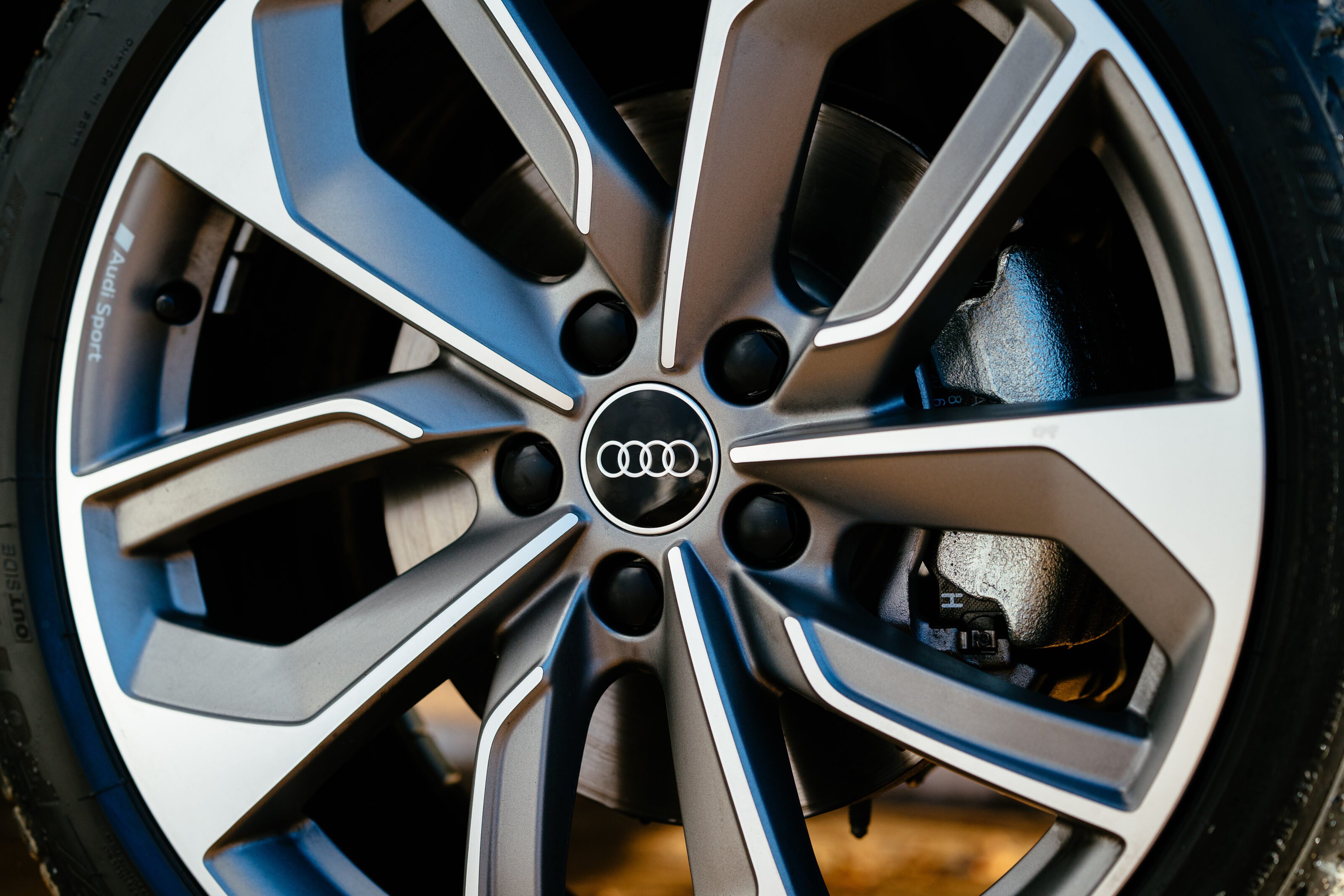
There’s 140kW, but the key to the mid-range Q2’s even more flexible performance is 320Nm delivered across an even broader torque curve – from 1500 to 4200rpm.Flatten the throttle pedal to initiate a kickdown overtake and the 40TFSI’s strong mid-range is at its most noticeable and effective.Audi quotes a highly respectable 6.5 seconds for the 0-100km/h run, though of course there’s a commensurate rise in fuel consumption, with a lab-derived figure of 7.0L/100km. The 40TFSI doesn’t feature cylinder deactivation but shares a stop-start system.The all-wheel-drive system will also appeal to buyers considering a Q2 as a camping-friendly alternative to the lower-riding A3.
Just be mindful there’s no spare tyre of any form – all Q2s come with a tyre repair kit. There was a space-saver previously.
Otherwise, the Q2’s revised, extended list of standard features is welcome, as is the streamlining of option packages. It’s still expensive when compared with similar sized SUVs from the mainstream segment, though.

A Ford Puma is even more fun to drive, has a more versatile boot and is loaded with kit in $36,990 driveaway ST-Line V spec, for example, while the Skoda Kamiq Monte Carlo (also $36,990 driveaway) shares the 35TFSI’s motor and both a more spacious interior and a more practical boot.For those intent on a luxury SUV, however, the Audi Q2 35TFSI currently lays claim to being the most affordable, if also the smallest. It undercuts rivals including the BMW X2, Lexus UX and Mini Countryman.That it’s the German brand’s most visually interesting SUV can’t do it any harm, either.
Score breakdown
Things we like
- One of Audi’s most adventurous designs
- Enjoyable to drive
- Improved value for 2021
Not so much
- Interior design getting on a bit
- Road noise, particularly on country roads
- Pick Q3 for greater cabin/boot space




